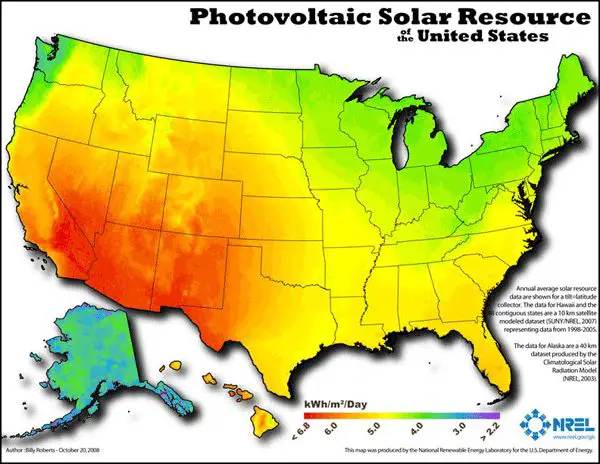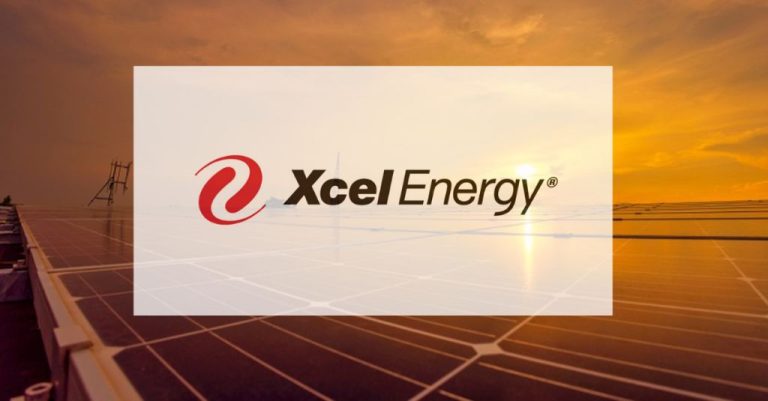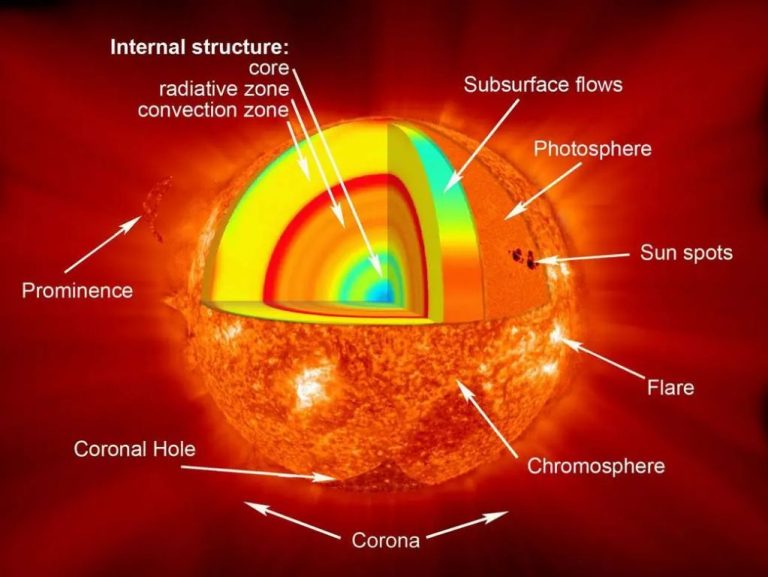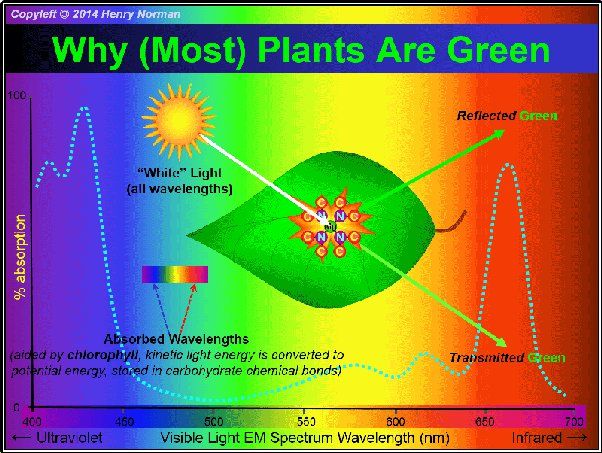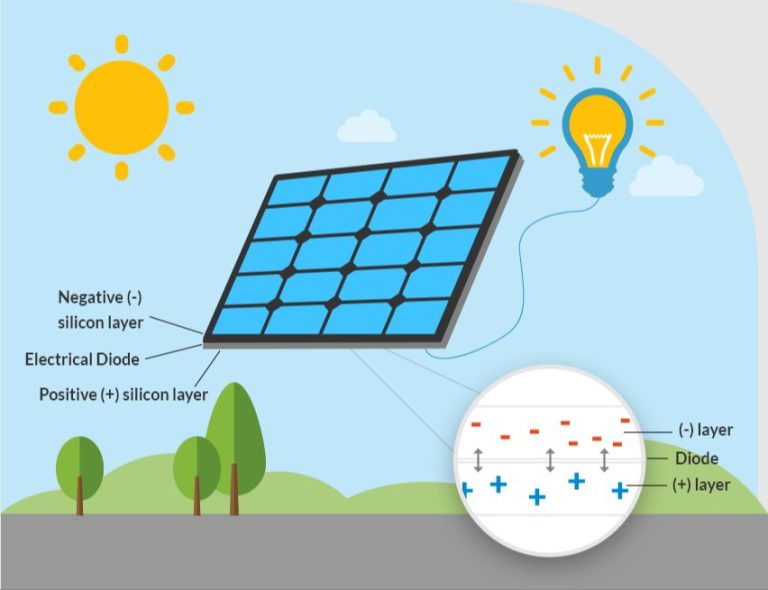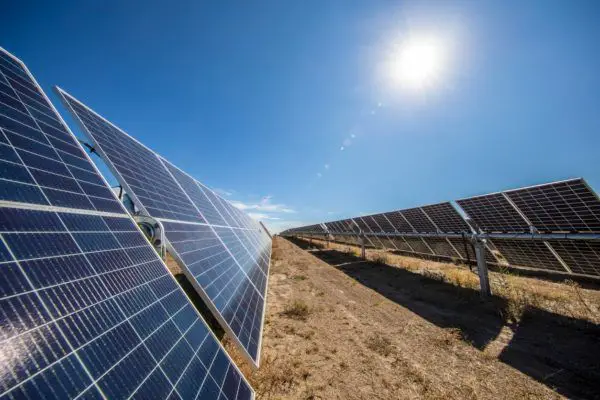How Did Solar Get So Cheap?
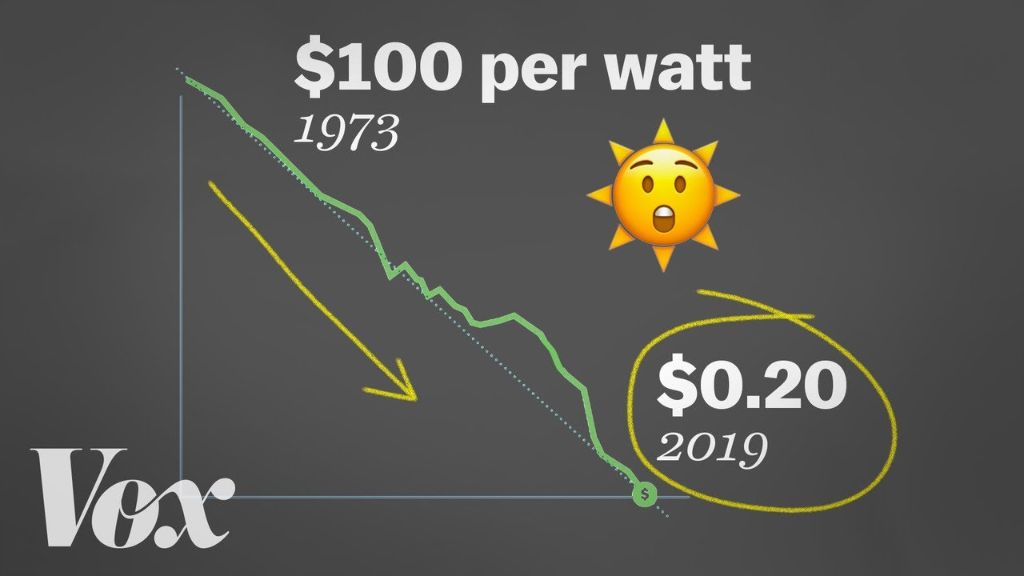
Solar energy prices have fallen dramatically in the last decade. Over the last 10 years, the cost of solar panels has dropped over 70%. This massive decrease is largely due to improvements in manufacturing, R&D investments, market expansion, financial incentives, and soft cost reductions. In this article, we’ll explore the major factors that have driven down the costs of solar and made it more affordable and accessible.
History of Solar
The origins of solar photovoltaic (PV) technology date back to the 1950s, when the first solar panels were invented and began powering early space missions. In the beginning, solar was extremely expensive compared to traditional fossil fuel energy sources. According to the National Renewable Energy Laboratory (NREL), a decade ago in 2010, the solar module alone cost around $2.50 per watt, while an entire utility-scale PV system cost over $8 per watt 1. These high costs made solar power prohibitive for widespread adoption. However, over the past several decades, continued research, manufacturing improvements, market expansion, and financial incentives have driven down the cost of solar dramatically.
Manufacturing Improvements
There have been major advances in solar panel manufacturing that have driven down costs significantly. According to research from the National Renewable Energy Laboratory (NREL), improvements in automation, economies of scale, and using thinner silicon wafers have reduced manufacturing costs (NREL).
In terms of automation, robotic arms and other technologies have optimized the speed and efficiency of production lines. This has lowered labor costs as well as material waste. Larger factories producing at scale have also benefited from purchasing materials in bulk.
Another key innovation has been producing thinner silicon wafers, reducing the amount of purified silicon required per panel. According to research published in Materials Today, wafer thickness has decreased from 300-350 microns to 150-180 microns in recent years (Materials Today). This significantly cuts silicon material costs, which account for over a quarter of total panel costs.
R&D Investments
Public and private investments into solar R&D have played a major role in driving down costs and improving efficiency. The U.S. Department of Energy’s SunShot initiative, launched in 2011, aimed to make solar energy cost-competitive with conventional energy sources by 2020 through focused R&D efforts. The program set aggressive cost reduction targets and funded research into solar cell technologies, manufacturing processes, and soft costs. Between 2008 and 2015, the DOE invested $650 million into SunShot, which helped drive down the cost of solar by over 70% during that period. Private companies like First Solar invested heavily in developing new solar panel designs and manufacturing techniques. The cumulative impact of sustained R&D investments both from private industry and public initiatives like SunShot was rapid declines in solar costs and breakthroughs in solar cell efficiency.
Sources:
https://www.reddit.com/r/solar/
https://www.britannica.com/science/solar-energy
[1] Solar PV global capacity increased by a record 270 terawatt-hours in 2022.
There has been enormous growth globally in solar power installation and demand over the past decade. As more countries and regions have adopted solar power to meet electricity needs and address climate change, the scale of solar panel manufacturing and installation has rapidly expanded. This has enabled significant economies of scale, driving down costs across the supply chain.
In the early 2000s, global solar PV capacity was only a few gigawatts. But capacity crossed 100 gigawatts in 2012 and then skyrocketed to over 580 gigawatts by 2018. [2] Annual installation is projected to reach 140 gigawatts by 2030, for a cumulative total over 800 gigawatts.
As costs have fallen dramatically, adoption of solar has accelerated in a virtuous cycle. Solar electricity prices are now cheaper than conventional fossil fuel sources in most of the world. This cost competitiveness with conventional energy has further increased demand and deployment. The scale of the global solar market now allows for very low manufacturing, distribution, and installation costs per watt of capacity.
Financial Incentives
One major driver of the cost reductions for solar has been generous financial incentives offered by federal, state and local governments. These incentives helped spur early adoption of solar technology and supported the scaling up of solar manufacturing and installation businesses.
At the federal level, the most impactful policy has been the solar Investment Tax Credit (ITC). The ITC allows homeowners to deduct 26% of the cost of installing a solar energy system from their federal taxes. The ITC was originally enacted in 2006 and has been extended and expanded several times. According to the U.S. Department of Energy, the ITC has leveraged over $140 billion in private investment in solar [1].
Many U.S. states have offered additional financial incentives on top of the federal ITC to encourage homeowners to adopt solar. According to Forbes, over half of U.S. states offer some form of solar tax credit or rebate [2]. For example, California has offered rebates to partially offset the upfront costs of solar installations. States like Massachusetts have offered solar renewable energy credits that homeowners can sell for additional income from their solar panels.
Local policies like solar access laws and permitting streamlining have also helped reduce costs by making it easier and cheaper for homeowners to install solar systems.
Module Efficiency
Increases in solar cell efficiency over time have enabled more power per solar module. According to NREL, the world record solar cell efficiency has improved from around 15% in the 1970s to over 47% in recent lab demonstrations. Multi-junction solar cells incorporating multiple layers of semiconductor materials have achieved the highest efficiencies by capturing a wider range of the light spectrum.
However, average commercial module efficiencies have also steadily increased over the years. In the early 2000s, average module efficiencies were around 12-15%. By 2023, average efficiencies reached over 22% for leading manufacturers like SunPower, LG, and Panasonic. This allows modern panels to produce more power in the same amount of space. Higher efficiency modules require fewer panels to meet energy needs and reduce installation costs per watt.
Soft Cost Reductions
Soft costs refer to the non-hardware costs of going solar, such as permitting, installation, financing, and other “soft” expenses that are not related to the physical solar panels and equipment. Reducing these soft costs has become a major focus in lowering the total cost of solar energy systems.1
One significant area of soft cost reductions is streamlining and standardizing the permitting and interconnection processes. Automating solar permitting through online platforms and standardizing requirements between jurisdictions has cut down on time-consuming paperwork and complex procedures.2 This reduces the “soft” labor costs involved in designing and getting approval for each unique solar installation.
Other soft cost reductions have come from financing improvements, solar installer training programs, and supply chain innovations that simplify and standardize procedures. Overall, concerted efforts to cut non-hardware soft costs continues to be an important way to reduce the total installed price for solar energy systems.
Future Outlook
Most analysts project that solar costs will continue to decrease over the next decade, though likely at a slower pace than the dramatic 80% drop seen over the past 10 years. According to the U.S. Department of Energy’s 2030 Solar Cost Targets report, the goal is to reduce the levelized cost of solar electricity to $0.02 per kWh for utility-scale solar by 2030, which would require an additional 50% cost reduction from today’s costs [1]. Bloomberg projects solar costs will drop another 34% by 2030 [2].
Achieving further cost reductions will require continued advancements in solar cell efficiency, manufacturing scale, soft costs like permitting and installation labor, and supply chain improvements. Policies like renewable portfolio standards, carbon pricing, and clean energy tax credits will also play a role in spurring solar adoption and bringing down soft costs. Overall, analysts see a bright future for solar to expand its energy market share as costs continue to become more competitive with conventional power sources.
Conclusion
In summary, the rapid cost decline of solar power over the past decade can be attributed to several key factors. Technological improvements have driven increases in solar panel efficiency and reductions in manufacturing costs through economies of scale. Major investments in R&D from both the public and private sectors have accelerated innovation. Market expansion and fierce competition between an increasing number of solar manufacturers and installers has helped drive down costs.
Government incentives and policy support have also played a crucial role in enabling the solar industry to achieve scale and pass on cost savings to consumers. The solar investment tax credit in the US and feed-in tariffs in Europe and Asia provided incentives for early adoption. Soft costs like permitting, installation labor, and financing have also started to drop.
Looking ahead, experts predict the cost of solar will continue to fall dramatically in the coming decades. Increased scale and technological improvements are expected to continue driving down module and balance of system costs. With the climate benefits of solar more recognized than ever, adoption is forecasted to accelerate globally. The outlook remains very bright for this clean, renewable energy source to keep getting cheaper and challenging fossil fuels on cost.

